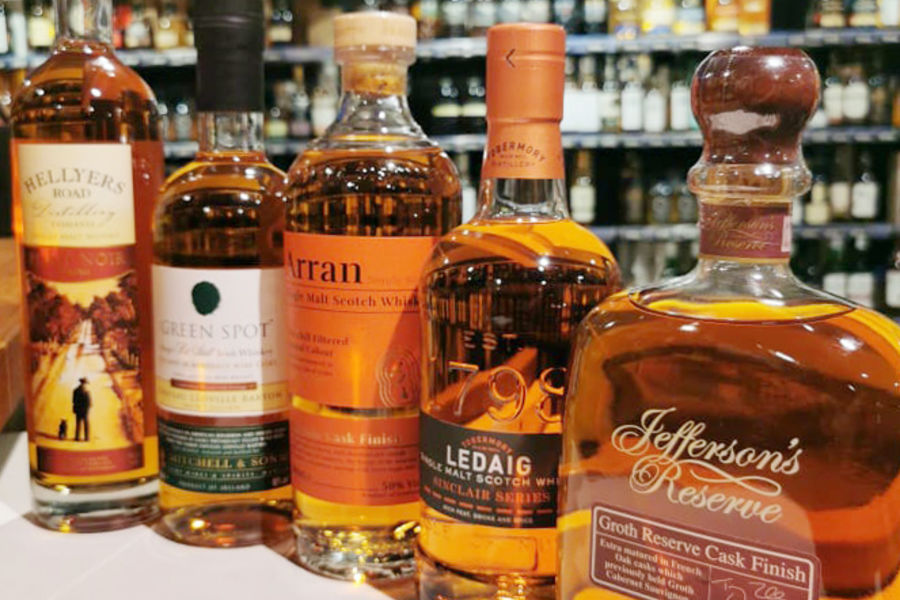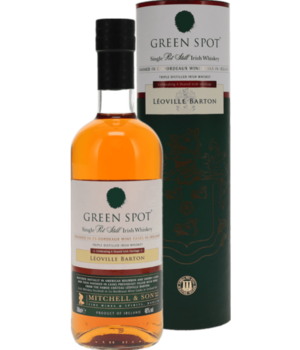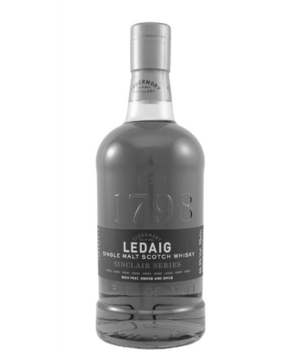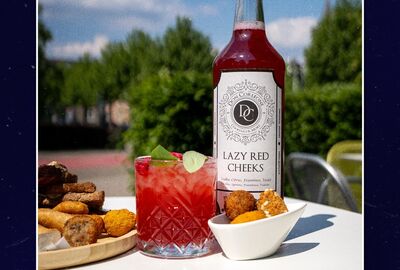
In this article, we take a closer look at the intriguing influence of wine casks on whisky. We turn our attention to a selection of global whiskies that have enjoyed the finishing touch in red wine casks. Indeed, the interaction between whisky and a wine cask is crucial in creating the final product.
Variations
What makes whisky so fascinating is the infinite range of possible variations. One of the most important elements in this spectrum of diversity, is the type of cask you decide to mature your whisky in. Scotland generally prefers ex-bourbon casks, purely for economic reasons and because of their wide availability. Sherry casks are also a favourite choice and both have long defined the classic picture in Scotland's whisky world.
For American whisky, new oak is the most popular choice, mainly because of legal obligations surrounding bourbon whiskey, which you can read more about in our blog on Michter's American Whisky.
Still relatively unknown, but increasingly popular, is the use of red wine casks. The maturation process in these casks is still largely unexplored. There are only a few whisky producers who made the switch to red wine casks for part of their maturation process some years ago. And given the significant variations that red wine brings, there is still a lot to discover in this area.
Finishing vs maturation
It is essential to clarify some terminologies such as maturation, maturation and double maturation. This helps to better understand what to expect from a whisky that has undergone a specific maturation process.
- Maturation (aged/matured): this term indicates that the whisky has matured for its entire lifetime in the type of cask mentioned.
- Double maturation (double matures): this implies the use of two different cask types (each with the minimum age stated on the bottle) that have been blended into one whisky. As an example, for a 10-year-old whisky with double maturation in both bourbon and red wine casks, this implies that one whisky has spent at least 10 years in a red wine cask and another whisky has spent at least 10 years in bourbon casks. The two were then blended together in a non-specific ratio.
- Finishing (finished): this indicates an initial maturation phase in another type of cask (often ex-bourbon casks) after which the whisky was transferred to another type of cask. The specific period the whisky spent in each cask is rarely mentioned.
Bordeaux: Green Spot Léoville Barton
Our first whisky comes from Ireland. This whisky has had a double maturation of 8 years in sherry and bourbon casks, followed by a 1-year finish in red wine casks from the renowned Léoville Barton.
Léoville Barton is a second grand cru classé and one of the top châteaux in Saint-Julien, on the left bank of Bordeaux. The Barton family has Irish roots, which explains why the Middleton distillery, where Green Spot is made, was given access to these barrels.
The wine used is largely Cabernet Sauvignon, and that is the influence you taste in this otherwise classic Irish whiskey. Besides the buttery biscuits in the nose, you clearly taste red fruit that also comes out in the flavour. Moreover, this whisky has a slightly spicy finish, which adds just a little more complexity to the whole. In short, a beautiful malt full of character thanks to the influence of wine casks on the whisky.
Green Spot Léoville Barton buy here >
Amarone: Arran Amarone Cask
Our next whisky on the list comes from Arran, produced on the island of the same name. Arran is a relatively young Scottish distillery that confirms its good reputation time and again. For this Amarone finish, they know how to surprise again.
Amarone is the top wine from Valpolicella. The most common grape used in Amarone is Corvina, although it can contain a mix of grape varieties. In Amarone, the grapes are dried before pressing. This creates a high concentration of sugar, resulting in wines with a high alcohol content. It is not unusual for these wines to contain 15.5% to 16% alcohol. They also often have a sweet character, although this is certainly not a general rule.
This whisky has no age indication. The finish in Amarone casks will not have been particularly long, as the colour suggests. The nose has a fairly youthful character, with notes of sultanas and fruit compote on top of a nice malty aroma. On the palate, this malt also has a fine sweetness. With an alcohol content of 50%, it is wonderfully intense without really getting too complex.
Arran Amarone Cask can be ordered online here >
Rioja: Ledaig Sinclair
For the next whisky, we switch to a peated variety from the Tobermory distillery. Tobermory itself is known for its light and floral whisky. However, their peated Ledaig range is a bit rougher and more powerful, and it is a slightly lesser-known whisky with a loyal fan base.
This Ledaig is one of their latest expressions and has had a finish in Rioja casks. Red wine from Rioja is dominated by the Tempranillo grape and is known for its long ageing periods. Rioja Gran Reserva wines are only released on the market after 5 years. They are wines that are practically always solidly aged in wood.
Despite the characteristics of Rioja wines, you will discover surprisingly many fruity aromas in the nose. Raspberry and rhubarb are present, as well as a slight metallic touch (think copper polish), sometimes encountered in younger whiskies. On the palate, you taste the whisky's salty and powerful smokiness. The interplay with the fruity character is very pleasant and makes this whisky a real winner in terms of value for money.
The peated Ledaig Sinclair is available for sale online here >
Pinot Noir: Hellyers Road Pinot Noir finish
Last but not least, we leave the classic whisky regions and head to Tasmania. This small island off the coast of Australia has been making fantastic whiskies for several years, and Hellyers Road is a prime example. This single malt whisky excels in quality and uniqueness.
Although Tasmania is known for its whisky, it is still more famous for its wines, especially the Pinot Noir. This famous grape originates from Burgundy, of course, but fantastic wines are made from it all over the world. Pinot Noir typically produces light wines full of fruit, which are usually quick to drink (although the top wines can also be kept for a long time). Hellyers Road has finished its single malt in casks of this type of wine.
In terms of aroma, this is truly unique. In the background, the whisky hints at old Pinot Noir and gives it a bit of a "dusty" character. The fruity aspect also emerges. Yet the influence of the wine casks on the whisky is not overpowering, it is clearly a whisky. Again, you taste the slight coppery touch that can be characteristic of younger malts. In terms of flavour, the whisky has an interesting evolution. The fruit and malt alternate, and you notice very clearly that this is in many ways not a traditional whisky. This makes it perhaps not suitable for everyone, but at the same time it makes it one of the most captivating whiskies in the range.
Get the Hellyers Road Pinot Noir here >

Marketing • IT • Klantenservice
I've known Broekmans since I graduated in 2006 and thanks to Jan I've come to know the passion for spirits. I dedicate myself every day to the webshop, customer service and all the IT involved. In my spare time, besides whiskey, I can also really enjoy rum, but just as much as a gin tonic or a simple bellini. In the words of Martien Meiland, if there's no alcohol in it, don't call me!











